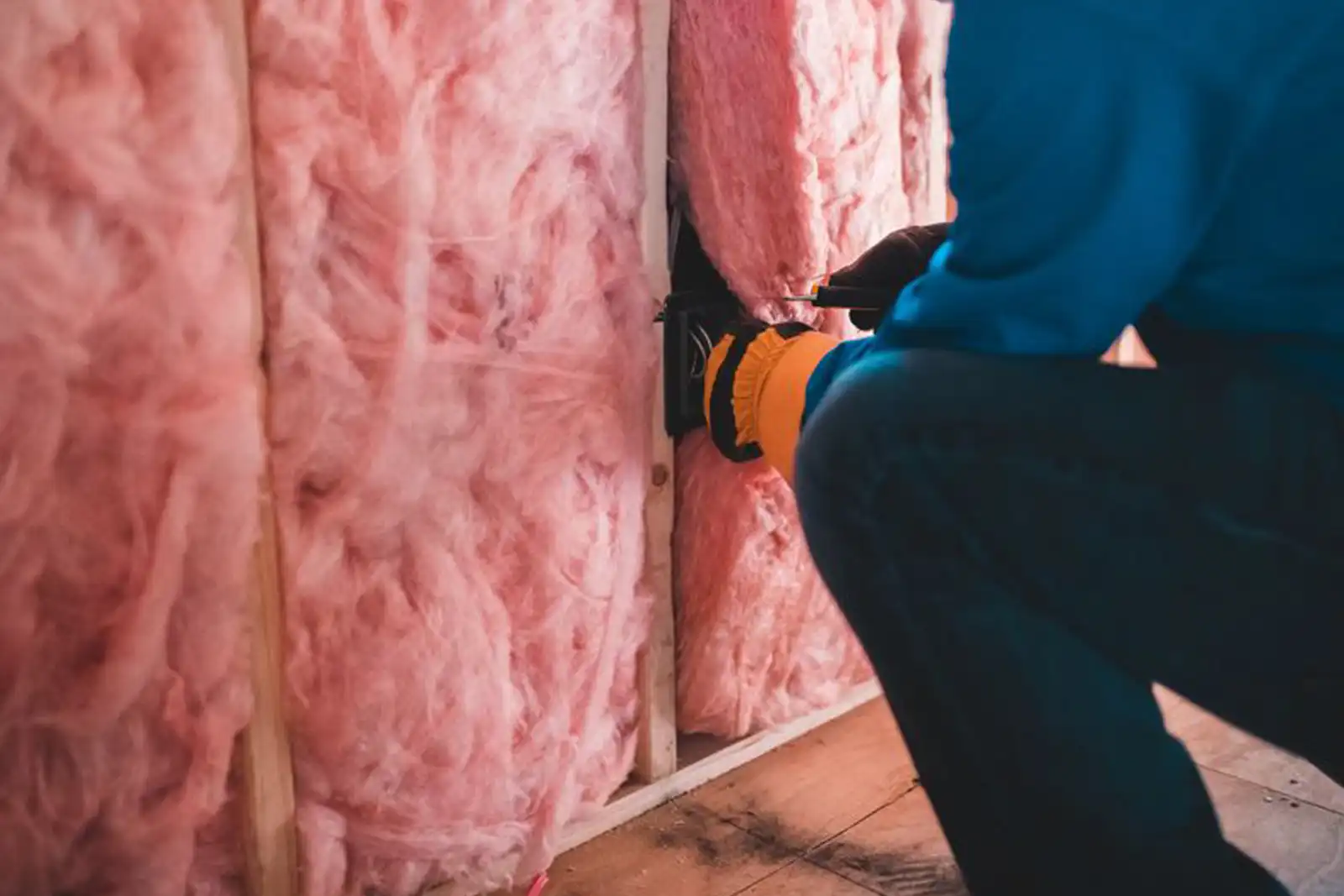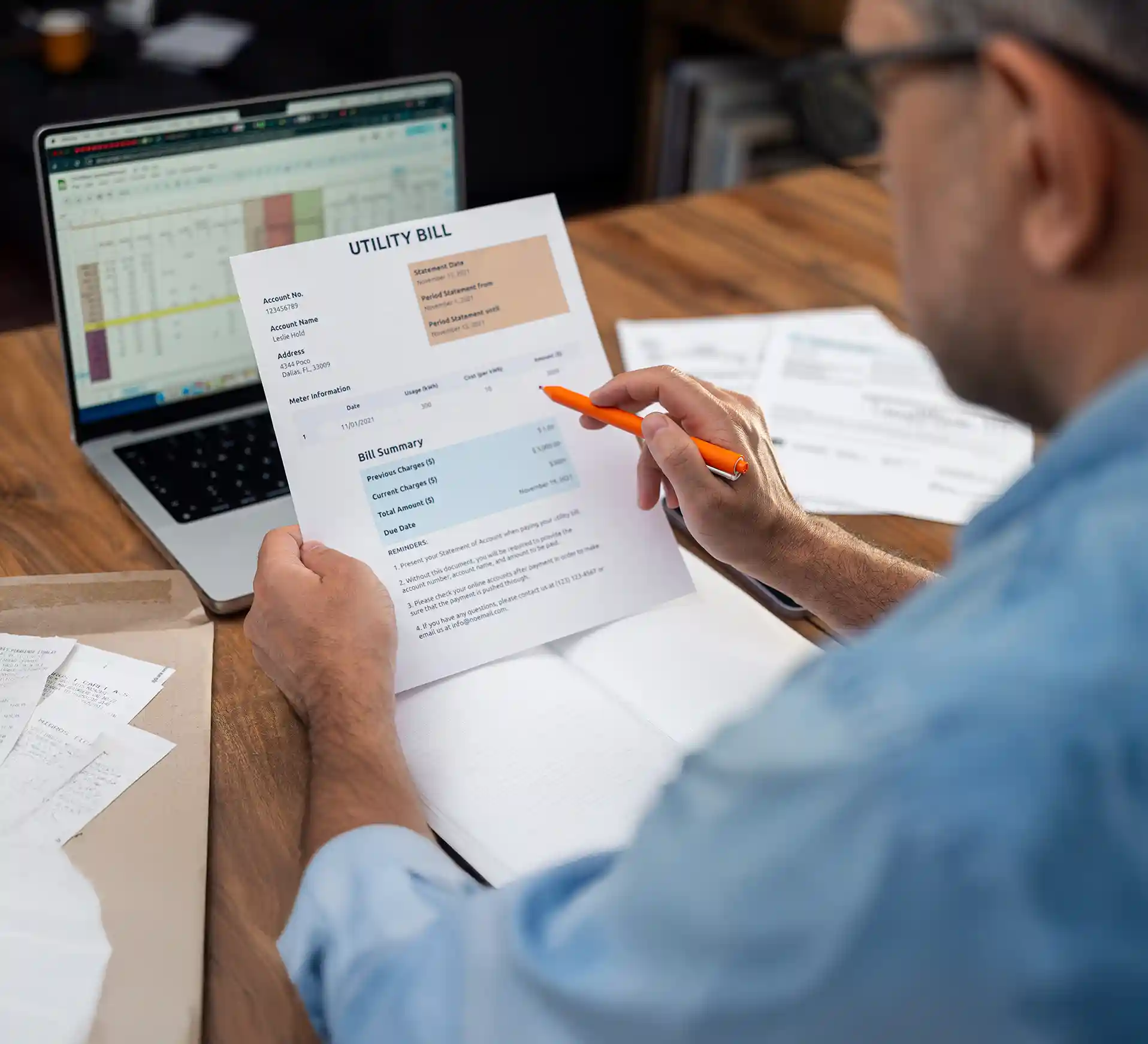Before any insulation upgrade, understanding your home’s structure is essential. Simply adding batts, spray foam, or fiberglass without proper testing can lead to uneven results and wasted money. A tight, well-sealed building envelope, not one that “breathes” through leaks, is the true key to efficiency. The tighter your home, the harder your insulation works, and the more you save on heating and cooling year-round.
At Behr Insulation, we don’t guess, we measure, explain, and guide you to the smartest solution. That’s how we turn knowledge into comfort, efficiency, and lasting peace of mind.

